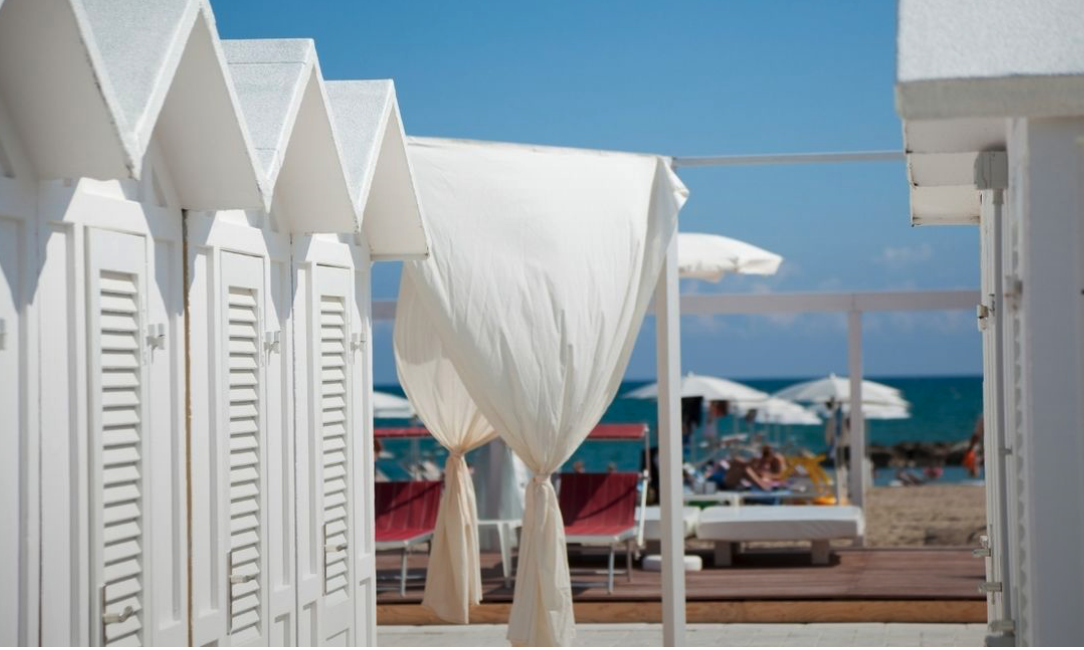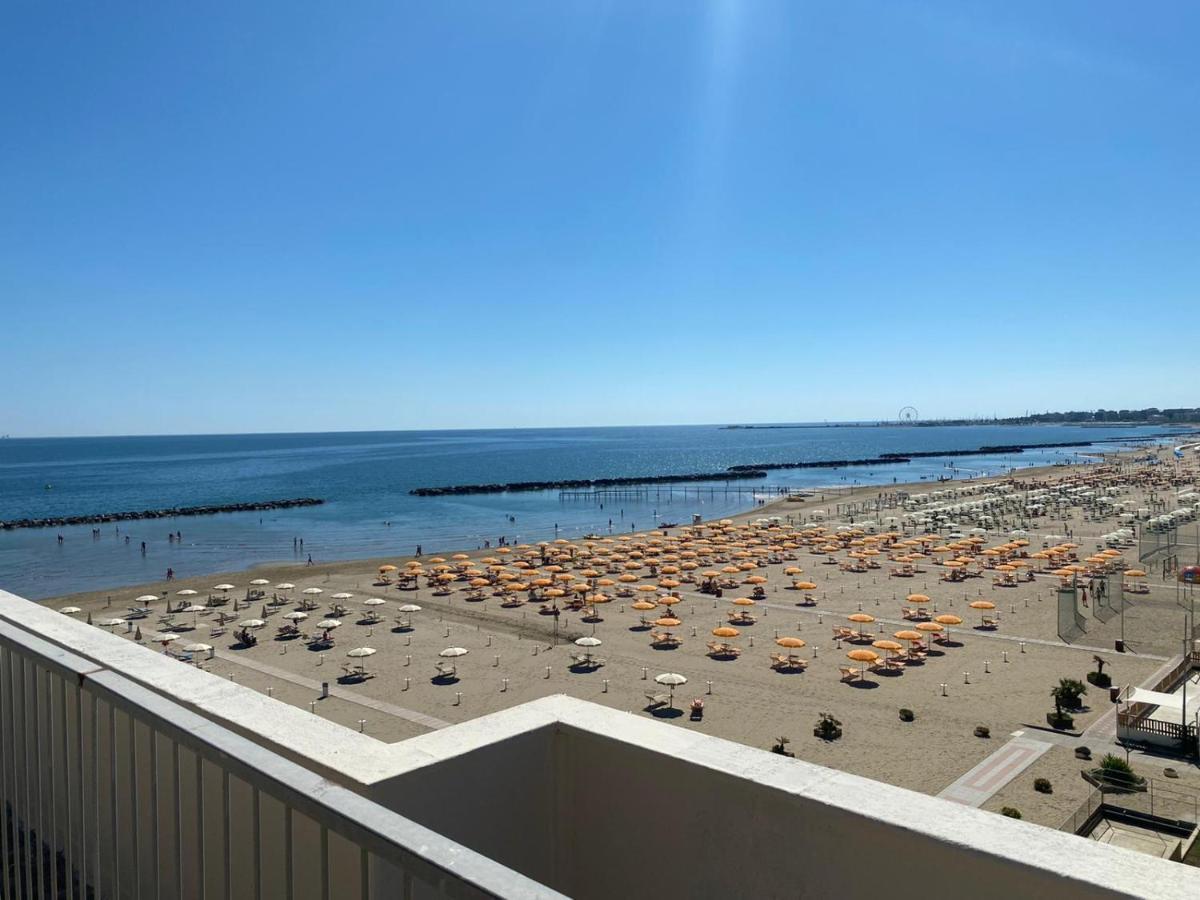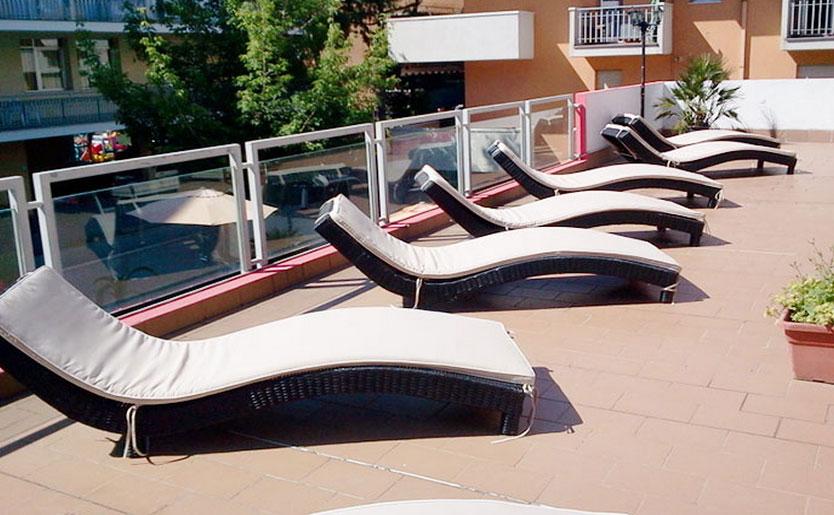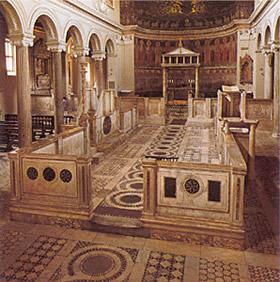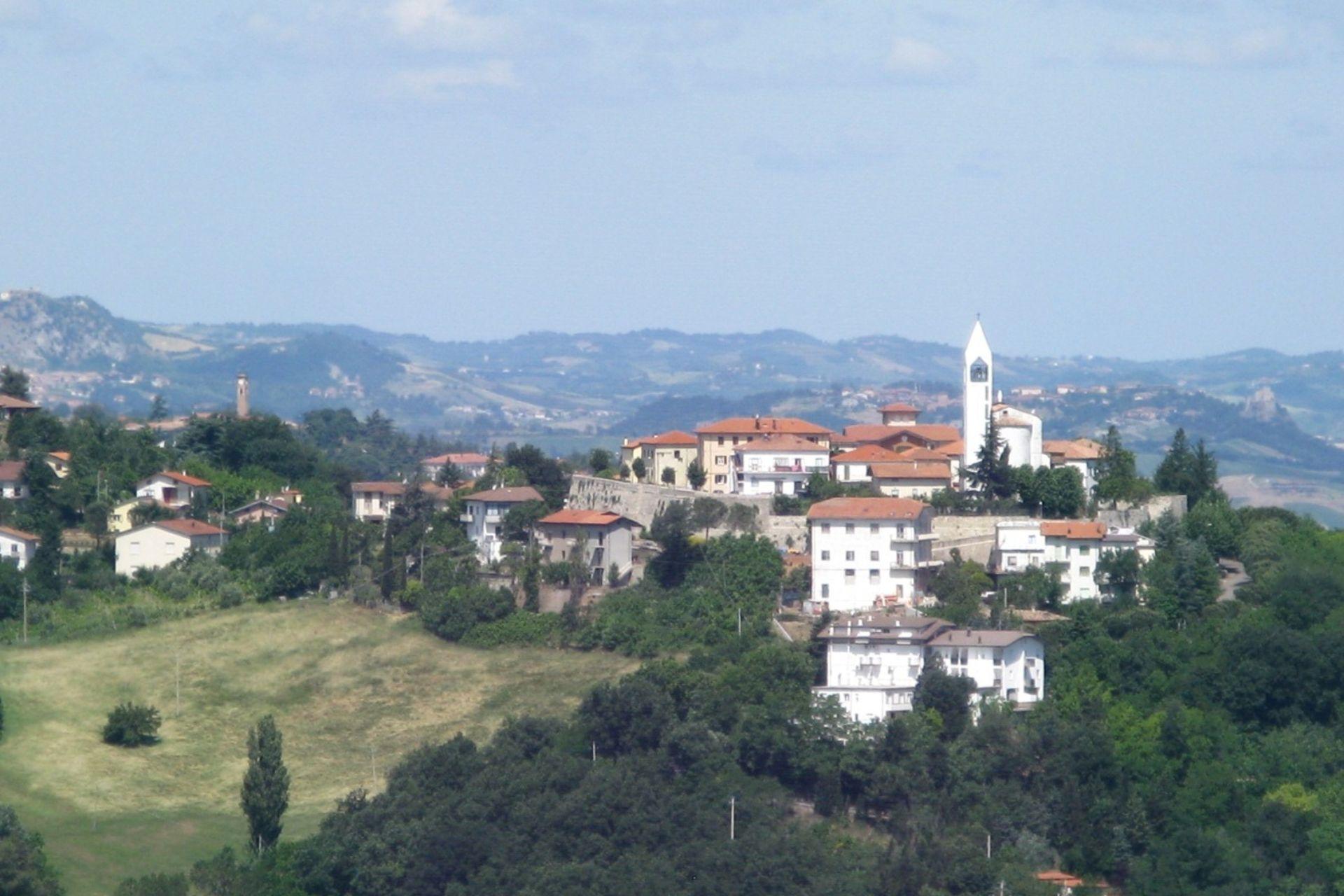The 17th and 18th centuries in Rimini have left masterpieces in painting, such as Guido Cagnacci's 'The Calling of St Matthew' and 'St Peter and St Francis' and Guercino's 'The Vision of St Jerome', all of which are housed in the museum.
The medieval period was marked by various dominations and power struggles. In the 14th century, Rimini came under the control of the Malatesta family, who transformed it into an important cultural and artistic centre. Sigismondo Pandolfo Malatesta, one of the most illustrious members of the family, was a patron of the arts and commissioned works from the most famous artists of the time, such as Piero della Francesca and Leon Battista Alberti.
The Malatesta family left an indelible mark on the city with the construction of numerous buildings, such as the Malatesta Fortress, the Church of San Francesco, the Malatesta Temple (now Rimini Cathedral) and Castel Sismondo. Their domination lasted until the 15th century, when Rimini came under the control of the Church.
During the papal period, Rimini became an important religious centre and numerous churches and monasteries were built. Rimini Cathedral, dedicated to St Francis, is an example of Gothic and Renaissance architecture.
Throughout modern history, Rimini has undergone numerous transformations and urban developments. During the Fascist period, important urban redevelopment works were carried out, such as the construction of State Road 16 Adriatica and the widening of the main streets.
Today, Rimini is a well-known tourist destination, famous for its beaches, nightlife and entertainment. The city has preserved many of its ancient artistic and architectural treasures, which can be admired by visiting the historic centre and museums. Rimini is a city that tells its thousand-year history through its streets, monuments and works of art.
Rimini is a city located on the Adriatic coast of Italy, in the region of Emilia-Romagna. Primarily considered a tourist destination for its beaches and nightlife, Rimini also has a growing modern part.
The modernity of Rimini can be seen in its architecture and services. In recent decades, the city has seen a series of new buildings and redevelopment projects that have contributed to giving its urban structure a modern look. For example, the Palacongressi di Rimini is a modern conference centre with bold and innovative architecture that attracts numerous international events and conferences.
Rimini also offers modern services such as efficient public transport, with a network of buses and a tram line connecting different districts of the city. In addition, the city has good internet connectivity, offering broadband services that favour business development and remote working.
Rimini's modernity is also expressed in its cultural and artistic offerings. Museums, such as the City Museum and the Fellini Museum, offer an overview of local history and traditions, alongside contemporary art exhibitions and innovative projects.
The city's cultural scene is full of events, festivals and performances ranging from music to dance, theatre and performance art.
In addition, Rimini is home to numerous innovative companies and start-ups working in sectors such as technology, tourism and sustainability. This has helped create a dynamic business environment and attract new job and investment opportunities to the city.
Overall, modern Rimini is characterised by its innovative architecture, efficient services and lively cultural scene.
The city constantly seeks to maintain the right balance between its tradition and modernity, valuing its history and roots while embracing innovation and progress.

